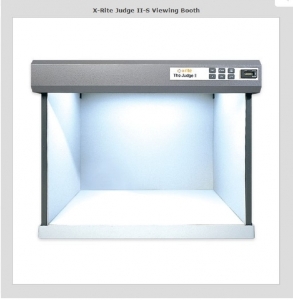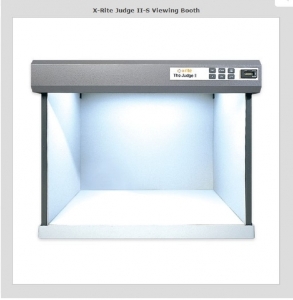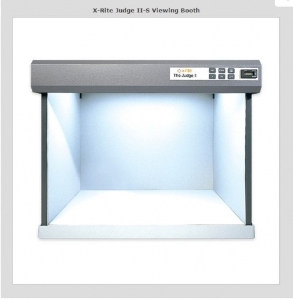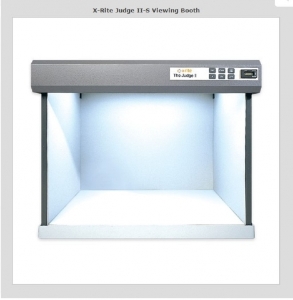- Joined
- Jul 27, 2009
- Messages
- 4,102
Re: Article: Over Grading of Blue Fluorescent Diamonds Revis
If there is a particular stone or stones that you have looked at that you would like for me to see so that we can compare notes, I am happy to do that. Send it to me. Otherwise, I see no point in your exercise.
You are both acting like I have never observed blue fluorescent stones. It's absurd. Please re-read my posts.Rockdiamond|1459982977|4016365 said:Bryan, this is such a win win- I don't get your reluctance.
If you sample a bunch of SB stones in H-L colors you'll find one or more that lighten up a bit- whiten.
Once you do that, your own observation is all we need.
No corroboration.
Do you have good color vision?
If you do see what we're all are insisting actually exists, you'll simply realize that stones in this category are more attractive for your clients.
As it stands, your position would make it seem like you don't think your clients should buy MB/SB's because you believe they are misgraded- and then even if they're not, you're denying that some of these beauties actually benefit from having MB/SB.
Seems like the opposite of a win win- for you.
If there is a particular stone or stones that you have looked at that you would like for me to see so that we can compare notes, I am happy to do that. Send it to me. Otherwise, I see no point in your exercise.









300x240.png)